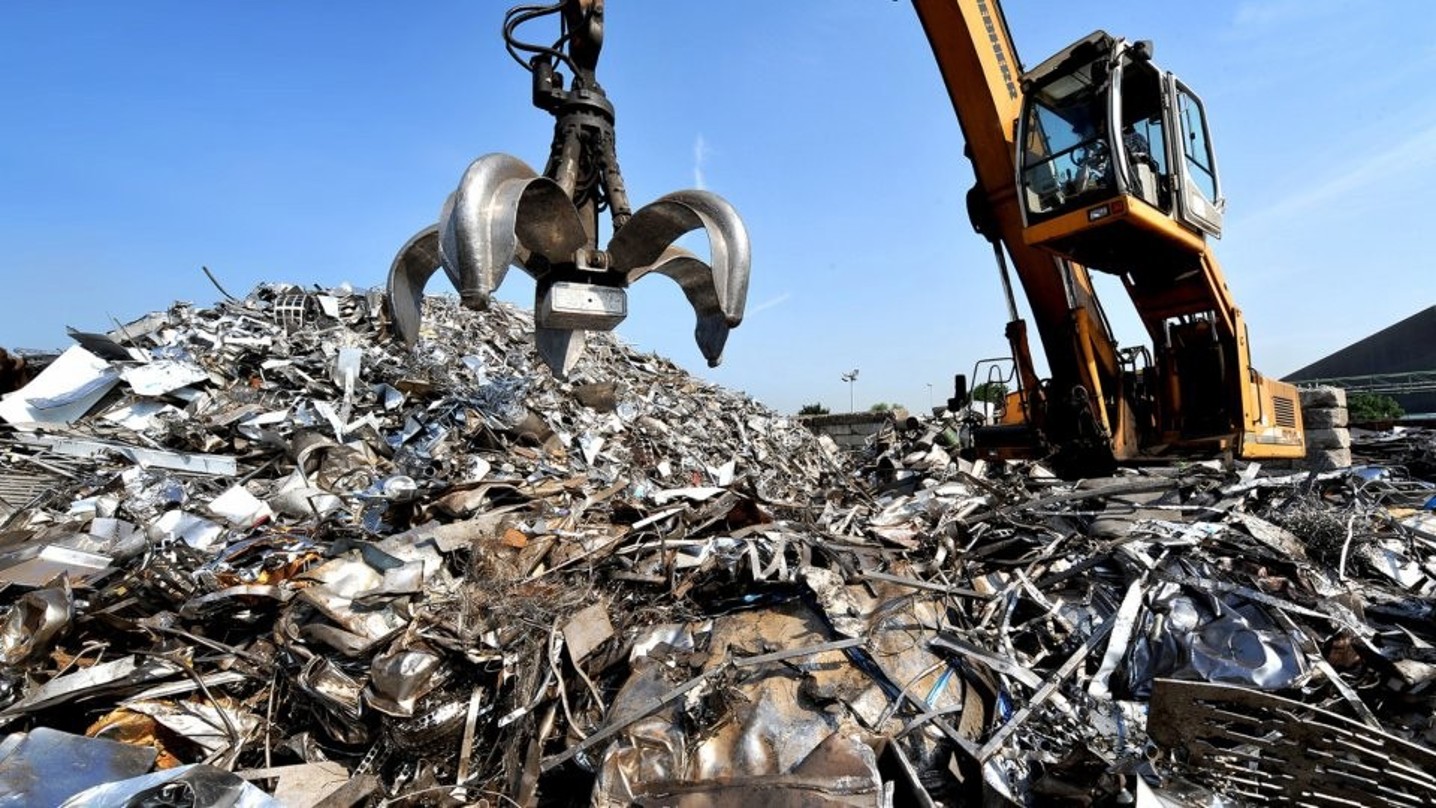Analysis
June 25, 2024
Op-Ed: The myth of the Mexican steel surge
Written by Salvador Quesada Salinas
We have heard ominous warnings about a flood of Mexican steel threatening the US market. It’s the kind of rhetoric that gets thrown around often with little regard for the facts. The reality is that the Mexican steel surge is simply not happening, and the US steel industry has consistently maintained a significant trade surplus in finished products with Mexico. In 2023 alone, this surplus exceeded $3 billion.
When excluding semi-finished steel that US mills are buying to roll in the US, exports from Mexico have trended down significantly during the last year and a half, while at the same time, US exports to Mexico have grown massively.
From 2022 to 2023, US imports of finished steel products from Mexico declined 28%. Through the first four months of 2024, the declining trend continued, with imports down 12% vs. the same period in 2023.
The widely cited Mexico “surge” in finished steel products vs. the Joint Statement’s (agreement between the US and Mexico to avoid mutual steel surges) baseline years of 2015–2017 was only 21,000 metric tons (mt) per month, or 12%, higher in 2023, in a market of almost 100 million tons per year.
Now, let’s look at the US, where the export rate of flat-rolled steel from the US into Mexico has been skyrocketing over the last few years.
In 2023, US flat-rolled steel exports to Mexico increased 14% from 2022, representing 60,000 mt per month, or 29%, above the 2015–2017 Joint Statement’s baseline years.
After the first four months of 2024, the deviation has grown to 77,000 mt per month, or 38% above the baseline years. Considering that Mexico is a far smaller consumer market of steel than the US, the impact is significantly higher.
This dynamic should not surprise us. Beyond specific interests, the reality is that the US and Mexico aren’t just trading partners; they’re integral parts of each other’s supply chains. In terms of market share, Mexican steel represents 2.5% of the US market share, while steel from the US represents 14% of Mexico’s market share.
This isn’t a zero-sum game where one country wins,
Salvador Quesada Salinas, General Director, Canacero
and the other loses. It’s about collaboration, efficiency, and building a stronger North American economy,
which is constantly under attack by dumped steel
from places like China or ally countries such as Vietnam.
This isn’t a zero-sum game where one country wins, and the other loses. It’s about collaboration, efficiency, and building a stronger North American economy, which is constantly under attack by dumped steel from places like China or ally countries such as Vietnam. In fact, Mexico has been taking a significant number of measures to defend the country and the region against unfair competition and to avoid transshipments from third countries to the US market through Mexico.
By acknowledging the true dynamics of steel trade between the US and Mexico, we can better address the real challenges facing our industries. This will allow us to focus on enhancing our competitive edge in the global market, attracting investments through the relocation of global value chains, and ensuring the sustainability and growth of our economies. We strongly believe that engaging in a steel trade war between Mexico and the US, resulting in mutual market closures, will diminish the region’s competitiveness in steel. More critically, it will undermine the value chains we aim to foster, stunting growth and weakening our industries.
Editor’s note
SMU welcomes opinions from across the steel industry. We’re happy to share the thoughts above from Salvador Quesada Salinas, general director of Mexico’s steel chamber, Canacero. If you have an opinion you’d like to express to the broader steel community, please contact us at info@steelmarketupdate.com.






